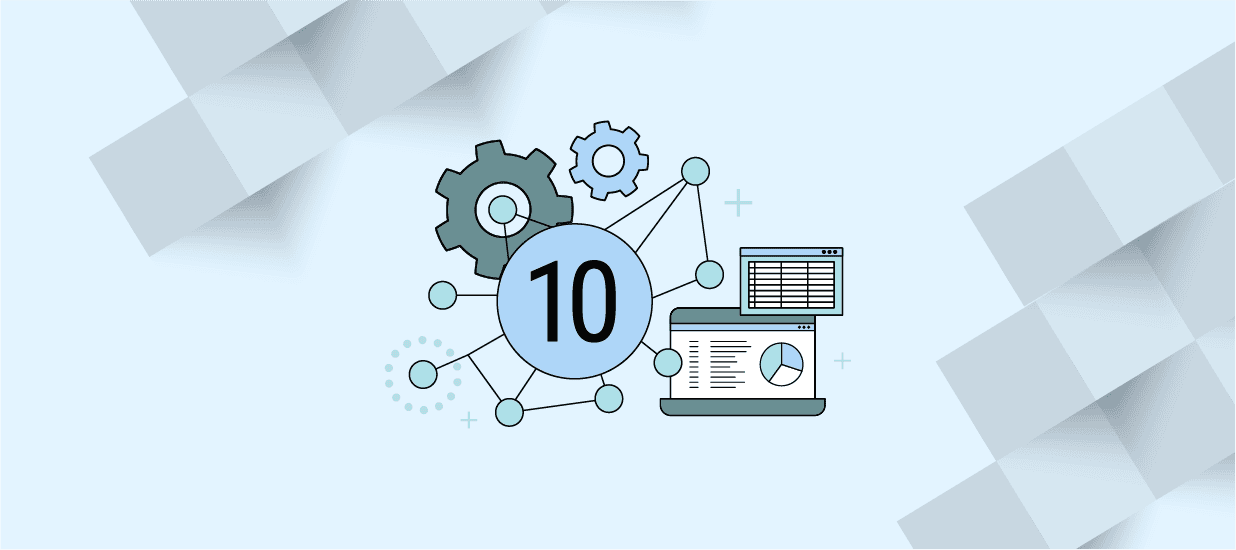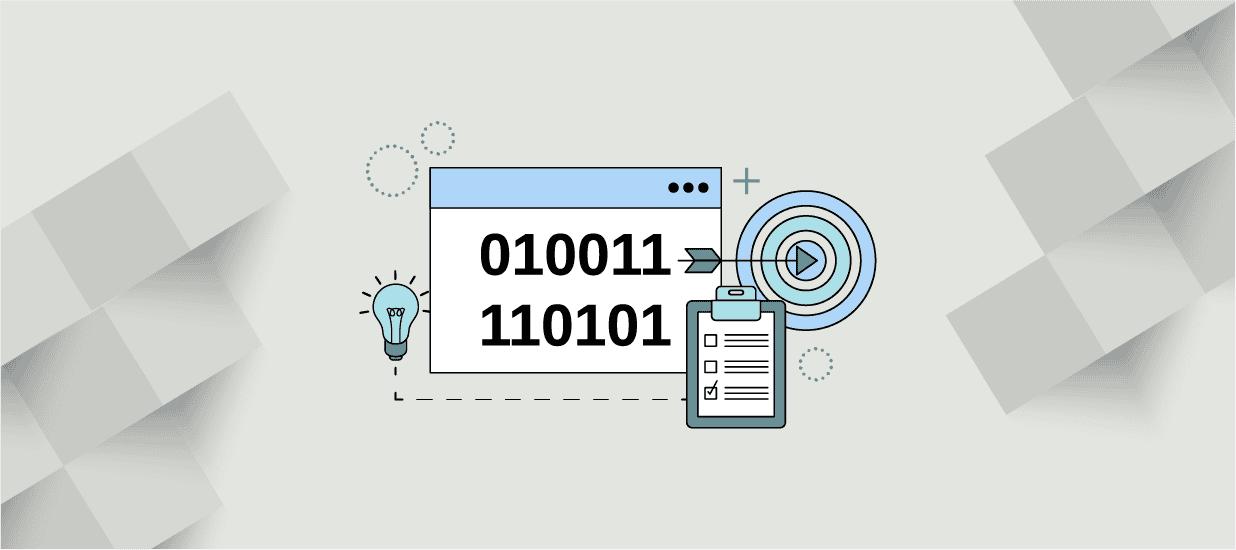Data analysis is the art of uncovering insights and making informed decisions by transforming and modeling data.
The process of data analysis starts with collecting and storing data in a way that allows for easy access and processing. Then, the data is cleaned and transformed to extract relevant information. Next, different analysis techniques, such as descriptive analysis, diagnostic analysis, predictive analysis and exploratory analysis, are employed to gain meaningful insights.
With the advancement of technology, data analysis has become easier and more accessible. In the current data-driven world, the need to use, identify, collect and analyze data insights to make better, more logical and economically viable decisions cannot be overemphasized.
Evolution of Data Analysis as a Practice
Statistics, the foundation of data analysis, has a rich history dating back to ancient Egypt, where periodic censuses were taken for pyramid construction.
However, computers lead to the real turning point of data analysis. In the past, collecting and analyzing data was a slow and expensive process. For example, it took over seven years to complete the 1880 US Census report. In 1890, Herman Hollerith invented the “Tabulating Machine” to speed up the process. This machine was able to quickly process data recorded on punch cards, resulting in the 1890 Census being completed in just 18 months with a smaller budget.
By the 1980s, relational databases had been invented and made it simpler for people to get the data they needed. All you had to do was write a few lines of code in SQL, and you could access all the data stored in the database.
Next, data warehouses were created to take things a step further. They were designed specifically to help you analyze and report on data. All the data is stored in a way that makes it quick and easy to get what you need when you need it. So, if you wanted to see how your sales were doing over the past year, you could easily get that information.
Business Intelligence (BI) was introduced later to help companies make better decisions by collecting and analyzing data. With the help of relational databases, data warehouses, and other impactful technologies, BI makes it a breeze to turn data into smart decisions.
What are the Different Types of Data Analysis?
In data analysis, there are four main types.
- Diagnostic analysis
- Descriptive analysis
- Predictive analysis
- Explorative analysis
Descriptive Analysis
Descriptive analysis is all about understanding what happened in the past. It’s like looking at a picture of what happened and describing what’s in it. It doesn’t try to explain why things happened or how they were connected.
For example, Google Analytics tells you how many people visited your website and where they came from. Tools like HubSpot show you how many people opened an email or engaged with a certain campaign.
To get this picture, descriptive analytics uses two methods:
- Summarizing data
- Searching for patterns
Summarizing data means putting all the information together and giving an overview, like the average customer age or the average number of purchases made. Searching for patterns means looking for connections and trends in the data.
Essentially, descriptive analytics tells you only what happened.
Diagnostic Analysis
Diagnostic analysis delves deeper to help you uncover the reasons behind data patterns. Its goal is to identify and understand any anomalies in your data.
For example, if you see a 30% decrease in sales for March, you want to know why. Diagnostic analytics helps you do this by investigating additional data sources and analyzing the causes behind the decrease. It can also reveal the factors driving positive results, like a spike in website traffic or successful influencer marketing campaigns. Different techniques, such as probability theory, regression analysis, filtering, and time-series analysis, can be used in diagnostic analytics to gain further insights.
To put it simply, while descriptive analytics tells you what happened, diagnostic analytics explains why it happened.
Predictive Analysis
Predictive analysis is a way to predict future events or outcomes by analyzing past patterns and trends. Data analysts use this information to create models that estimate the chances of a certain event happening. These models use the relationship between different variables to make predictions, like using sales and seasonality, to predict a drop in sales during a specific time of year.
For example, a pizza company might use predictive analytics to estimate the number of orders they’ll receive on a Friday night. Based on the predictions, they may staff more effectively at their locations. Predictive analytics can also be used for classification, such as a credit card company using a model to predict if a customer will default on payments.
Predictive analytics can’t guarantee 100% accuracy, but it helps make informed decisions by reducing guesswork.
Explorative Analysis
Exploratory analysis is a process of examining data to gain insights and understanding. The main goal is to ensure that data is analyzed before making any assumptions or conclusions. This allows data analysts to identify potential errors, understand patterns and relationships within the data, and detect any unusual or unexpected events.
Exploratory analysis helps data scientists validate their results and ensure they are relevant to the desired business outcomes. It also helps stakeholders confirm if they are asking the right questions about their data.
This type of analysis is an important step in data analysis as it provides a deeper understanding of the data.
How Does Data Analysis Work?
To perform data analysis, you first need to collect and store data in a way that allows you to access and process it easily. This can be done through different methods, such as using data analysis including relational databases (e.g., MySQL, MS SQL), flat files (CSV, tab-delimited), NoSQL databases (e.g., MongoDB, Cassandra) and data warehouses (e.g., Amazon Redshift, Google BigQuery). The choice of method depends on data size, type, and analysis needs.
Once the data is stored, you can start analyzing it.
There are various methods for analyzing data, including descriptive statistics, data visualization, inferential statistics, predictive modeling and machine learning.
Descriptive statistics summarize the data and provide an understanding of the basic features of the data, such as the mean and median. Inferential statistics help you make predictions about a larger population based on a smaller sample of data. Data visualization uses visual aids like graphs and charts to help you understand the data and communicate your insights.
Predictive modeling involves using statistical techniques to create models that predict future outcomes based on past data. However, machine learning is a type of predictive modeling that uses algorithms to make predictions based on the data it has seen and continuously improves those predictions over time.
How Do Different Industries Use Data Analysis?
Data analysis is used in almost every industry. Here are some applications.
Banking: Banks leverage data analysis to uncover valuable insights into their customers’ financial habits and credit worthiness.
Education: In the education sector, data analysis is used to understand student performance and teacher effectiveness better.
Healthcare: Healthcare organizations analyze patient data to inform diagnoses and treatments, track the spread of diseases and evaluate the success of medical interventions.
Media: The media industry uses data analysis to stay ahead of the curve regarding audience engagement and content creation. It helps them understand what their audience likes, optimize content distribution, and measure the impact of marketing campaigns.
Manufacturing: Manufacturers rely on data analysis to optimize production processes, minimize waste, and increase efficiency. They use data from production lines to identify inefficiencies, monitor raw material usage, and ensure product quality.
Retail: Retail companies use data analysis to understand consumer behavior and preferences better. This information is used to optimize pricing and inventory management and to create more effective marketing campaigns.
What Are You Waiting For?
There’s never been a better time to learn about data analysis than now.
Data analysis transforms how we approach complex problems and uncover hidden insights. The rapid advancements in technology and machine learning enable us to delve deeper into the vast amounts of data surrounding us, providing a wealth of knowledge at our fingertips.
With the power of data analysis, you can uncover new trends, identify patterns, and make informed decisions that were previously out of reach. This makes it an exciting and constantly evolving field to be a part of.
Learn more about data analysis now.
Take Your Data Analysis to the Next Level
Unlock the power of data-driven decisions with Business-Driven Data Analysis. Immerse yourself in a world of problem-solving, where business challenges transform into opportunities for growth and success. Our carefully crafted curriculum is designed to help you turn business problems into data-driven solutions that deliver tangible results.
Embark on a journey of discovery, where you’ll delve into the latest concepts, hone your skills, and bring your newfound knowledge to life through hands-on projects. With each iteration of real-world business challenges, you’ll receive expert feedback and engage in reflective learning to fine-tune your approach and further advance your skills.
From delivering impactful C-suite presentations to crafting eye-catching data visualizations, get ready to take your data analysis game to the next level.
Author
-

The Pragmatic Editorial Team comprises a diverse team of writers, researchers, and subject matter experts. We are trained to share Pragmatic Institute’s insights and useful information to guide product, data, and design professionals on their career development journeys. Pragmatic Institute is the global leader in Product, Data, and Design training and certification programs for working professionals. Since 1993, we’ve issued over 250,000 product management and product marketing certifications to professionals at companies around the globe. For questions or inquiries, please contact [email protected].
View all posts








